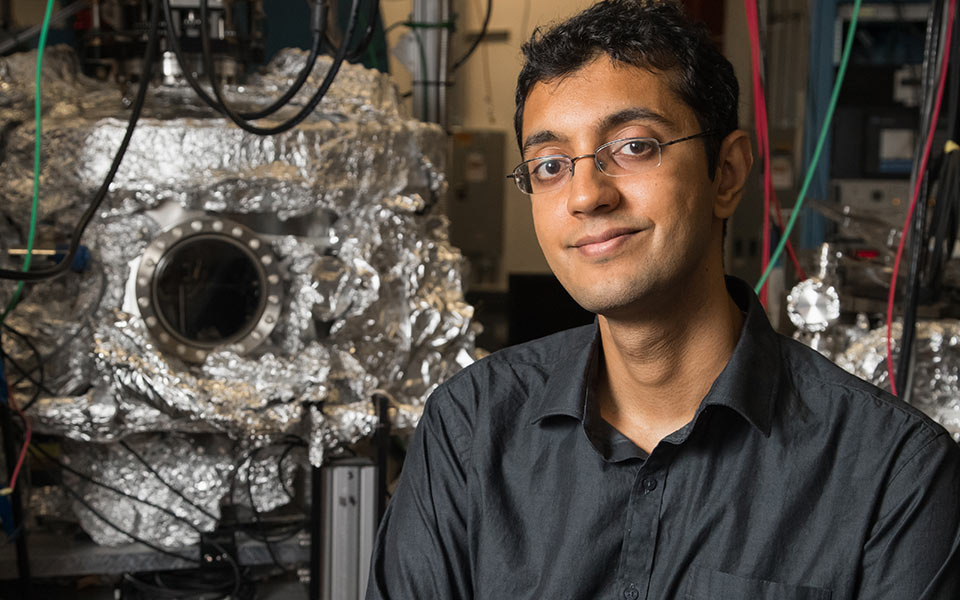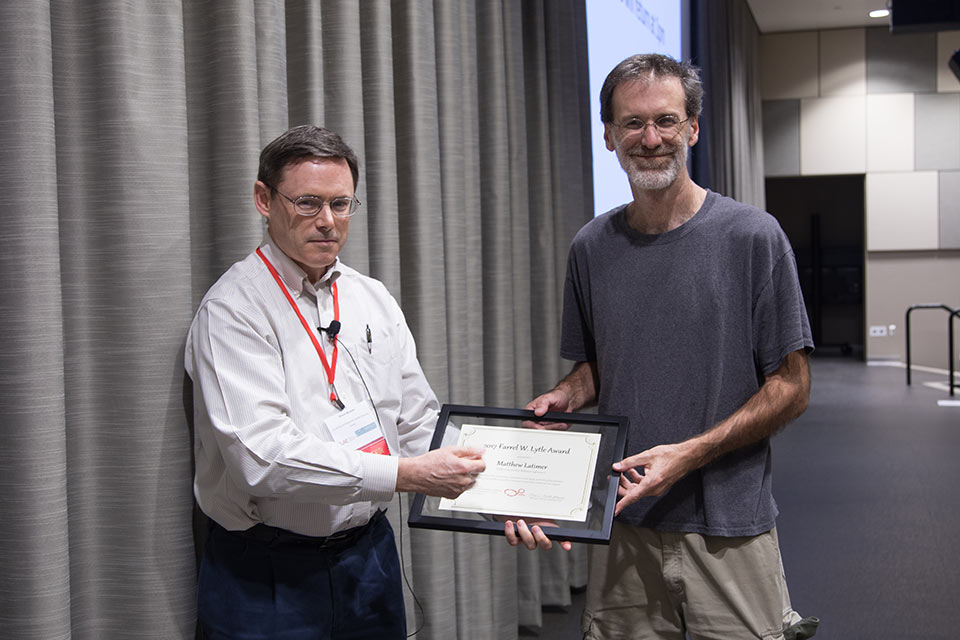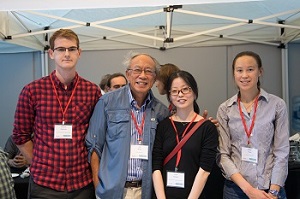From the Director

As we reflect back on the last year, we are grateful for the excellent outcome of the triennial DOE BES review of SSRL that took place in May 2017. The review highlighted the strength of the science performed at SSRL. Thank you for keeping SSRL at the technological forefront.
The 2017 SSRL/LCLS Users’ Conference brought together more than 400 people to share and discuss facility capabilities and the latest areas of research. Participants were able to learn about current and future facility capabilities and the latest user research, as well as to discuss science with colleagues from academia, research laboratories, and industry worldwide.
SSRL in the News
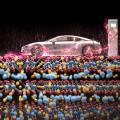
Scientists Discover Path to Improving Game-Changing Battery Electrode
Electric car makers are intensely interested in lithium-rich battery cathodes that could significantly increase driving range. A new study opens a path to making them live up to their promise.
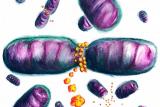
UCLA Bioengineers Discover Mechanism that Regulates Cells’ ‘Powerhouses’
To better understand how cells regulate the sizes of mitochondria, researchers used synchrotron small-angle X-ray scattering and a machine-learning approach they developed in 2016.

LIGO Mirror Coatings get an Upgrade with New Stanford-led National Collaboration
Stanford researchers are leading a national effort to improve the next generation of gravitational wave detectors by creating new and better coatings for LIGO’s mirrors.

Researchers Develop a Way to Better Predict Corrosion from Crude Oil
Using X-ray techniques, scientists are developing an analysis tool that can more accurately predict how sulfur compounds in a batch of crude oil might corrode equipment– an important safety issue for the oil industry.

Instrument Finds New Purpose - Detectors long used to look at the cosmos are now part of X-ray experiments here on Earth
Detectors long used to look at the cosmos are now part of X-ray experiments here on Earth. Modern cosmology experiments—such as the BICEP instruments and the Keck Array in Antarctica—rely on superconducting photon detectors to capture signals from the early universe.

Hunting for the hidden chemistry in solid catalysts
Similar to how fruit sometimes spoils just on the skin, metals contaminate fluid catalytic cracking (FCC) catalyst particles at their surfaces, leaving inner catalytic sites unspoiled. The findings are based on an X-ray nanotomography method.

How a Single Chemical Bond Balances Cells Between Life and Death
With SLAC’s X-ray laser and synchrotron, scientists measured exactly how much energy goes into keeping this crucial bond from triggering a death spiral.

On Track towards a Zika Virus Vaccine
Antibody’s molecular structure reveals how it recognizes the virus

Perseverance Pays Off in Fight Against Deadly Lassa Virus
A decade-long search ends at the Stanford Synchrotron Radiation Lightsource, where researchers from The Scripps Research Institute emerge with a clear picture of how the deadly Lassa virus enters human cells.

So Long Stiffness: Stanford Engineers Use Soup Additive to Create a Stretchable Plastic Electrode
Paving the way for flexible electronics, Stanford chemical engineers have developed a plastic electrode that stretches like rubber but carries electricity like wires.

Researchers Use World's Smallest Diamonds to Make Wires Three Atoms Wide
LEGO-style Building Method Has Potential for Making One-Dimensional Materials with Extraordinary Properties
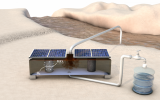
New Device Produces Hydrogen Peroxide for Water Purification: Low-cost Device has the Potential to Provide Developing Countries with Clean Water
Low-cost Device Has the Potential to Provide Developing Countries with Clean Water


